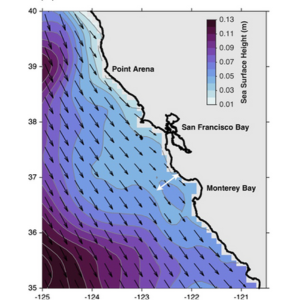Coastal upwelling is responsible for thriving marine ecosystems and fisheries that are disproportionately productive relative to their surface area, particularly in the world's major eastern boundary upwelling systems. Along oceanic eastern boundaries, equatorward wind stress and the Earth's rotation combine to drive a near-surface layer of water offshore, a process called Ekman transport. Similarly, positive wind stress curl drives divergence in the surface Ekman layer and consequently upwelling from below, a process known as Ekman suction. In both cases, displaced water is replaced by upwelling of relatively nutrient-rich water from below, which stimulates the growth of microscopic phytoplankton that form the base of the marine food web. Ekman theory is foundational and underlies the calculation of upwelling indices such as the “Bakun Index” that are ubiquitous in eastern boundary upwelling system studies. While generally valuable first-order descriptions, these indices and their underlying theory provide an incomplete picture of coastal upwelling. Here we review the relevant dynamics and limitations of classical upwelling indices, particularly related to representation of the surface wind stress, the influence of geostrophic currents, and the properties of upwelled water. To address these shortcomings, we present two new upwelling indices for the U.S. West Coast (31–47°N), which are available from 1988 to present. The Coastal Upwelling Transport Index and the Biologically Effective Upwelling Transport Index provide improved estimates of vertical transport and vertical nitrate flux, respectively, by leveraging technological and scientific advances realized since the introduction of the Bakun Index nearly a half century ago.
Coastal Upwelling Revisited: Ekman, Bakun, and Improved Upwelling Indices for the U.S. West Coast
Publication date
October 02, 2018
Abstract
Journal
JGR: Oceans
DOI
https://doi.org/10.1029/2018JC014187
Region
California Current

